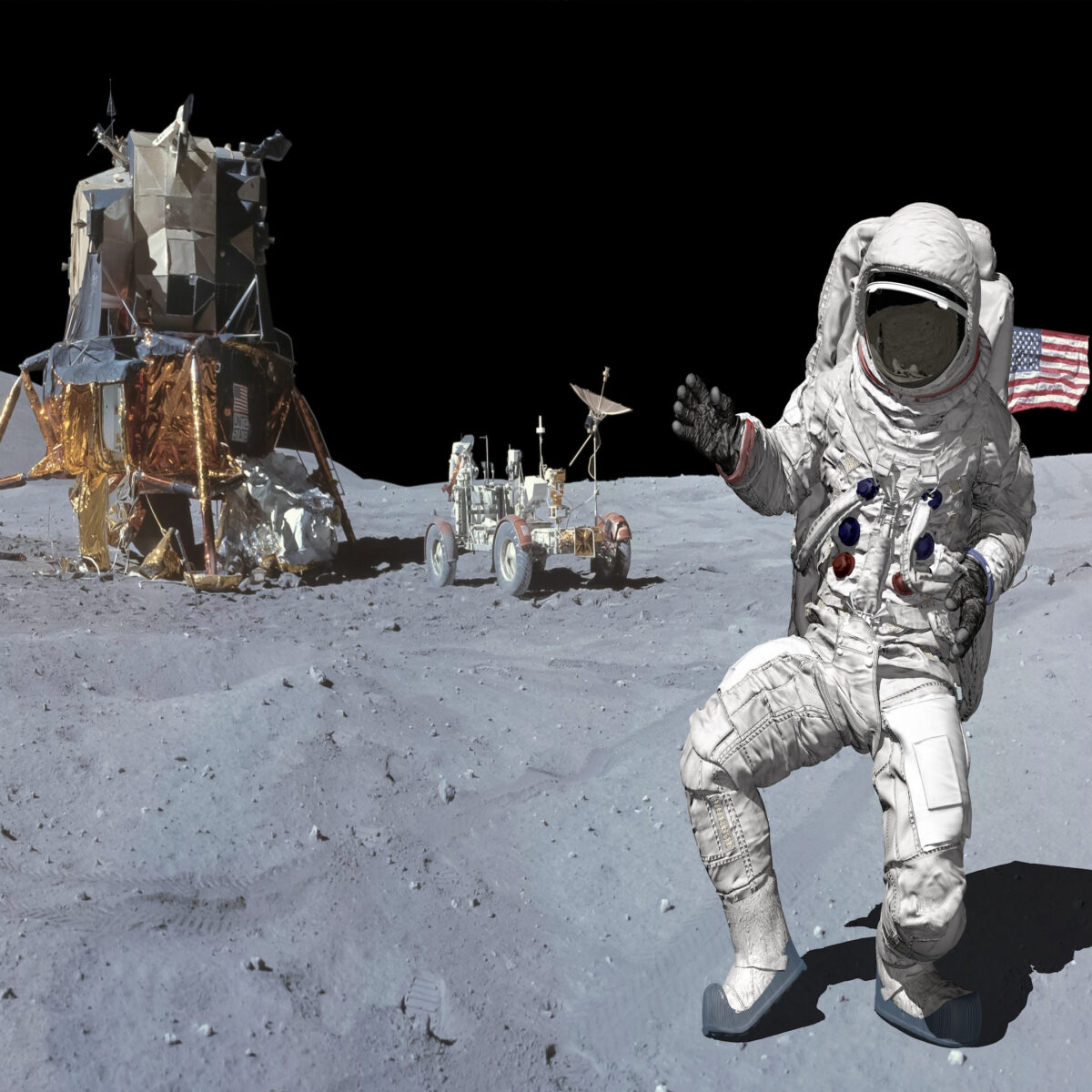O-M-G! 100 More Captivating Columns
I simply cannot believe that I recently penned and posted my three hundredth column here at EEJournal. I think my columns average out at around 1,500 words apiece, which means we are talking about (pause while I launch my calculator app) 450,000 words!
The really sad thing is that when I was 16 years old circa 1973, my dear old mom did everything but beg me to do two things: (1) Learn to touch type and (b) Learn to use Read More → "O-M-G! 100 More Captivating Columns"












